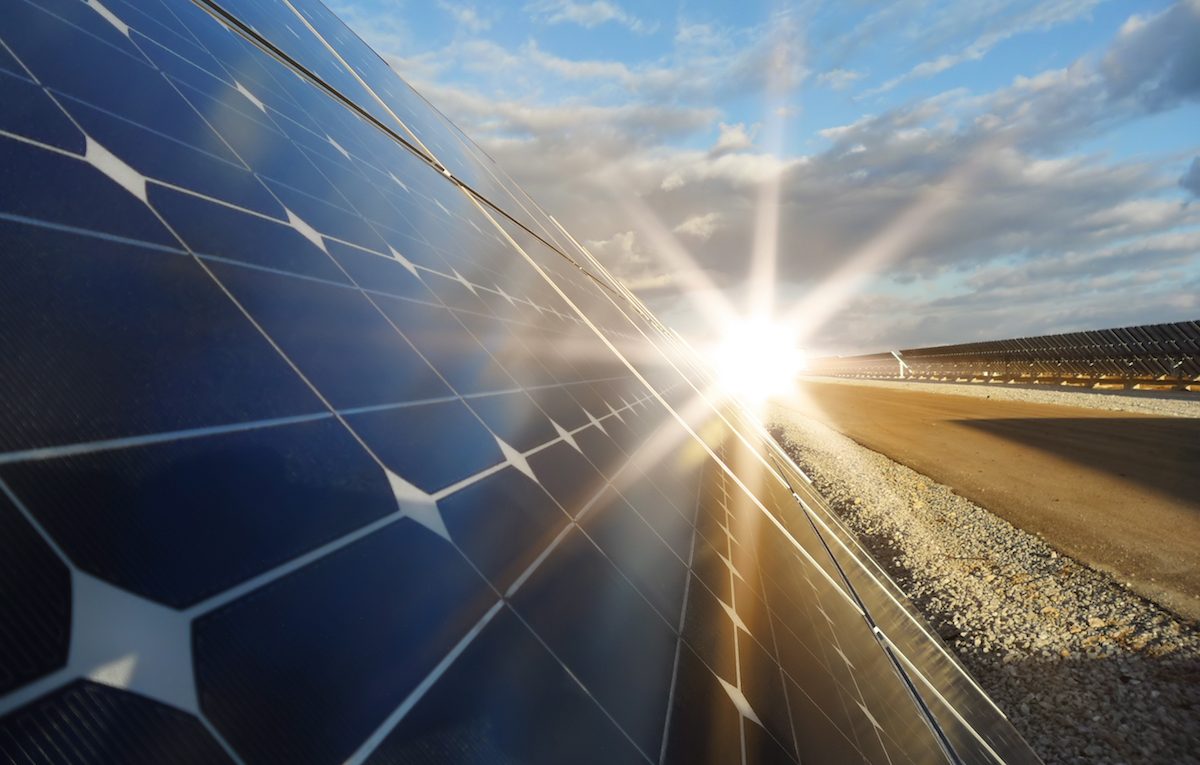Written by C. Alessandro Moceri –
The media has paid great attention to the agreements concluded between the United States of America and India. Many presented it as something new from a geopolitical perspective, especially since India remained for several months the most populous country on the planet. This not only makes it an attractive market, but also a source of cheap labor and “brains.” However, there may be another reason why Biden is so interested in Modi (moreover, on opposing sides politically).
Developed countries depend their economies on production. Indeed, especially with regard to industrial production. But for the industry to work, it needs a series of essential minerals: called rare earth elements. The most important imported materials are “rare earths” (a group of 17 almost indistinguishable heavy metals with similar properties) which are essential in nanotechnology, high-energy magnets, electronics and industry. A similar situation exists for natural graphite found in lithium-ion batteries. The United States is 100% dependent on imports of arsenic, fluorspar, indium, manganese, niobium, and tantalum, which are used in a variety of applications such as the production of alloys and semiconductors along with the production of electronic components such as LCD displays. And capacitors. According to data from the United States. USGSAmerica depends on imports of 30 major non-fuel minerals. Imports of these minerals represent more than half of the country’s consumption of 51 non-fuel minerals. But for some, the addiction is complete. Until now, the USA has been completely dependent on China for at least 12 key minerals that the government considers critical. In other words, China is the main (and sometimes only) source of imports. The United States is 100% dependent on gallium imports and 50% on germanium.
But recently, imports of some of these minerals have decreased due to the Chinese government’s decision to limit exports.
The restrictions were seen by the Biden government as a response to US and EU sanctions against China that limited the export of chips and microprocessor manufacturing equipment. The point is that both gallium and germanium are used in the production of widespread products such as transistors and semiconductors. And also in the manufacture of solar panels. second International Energy AssociationHowever, increased low-carbon energy production will see demand for minerals such as these triple by 2040.
Today, China almost exclusively refines oil 90% of rare earthsBut India is also a big producer. Here too production is owned by the state. The absolute leader in this sector is IREL (India) Limited, an Indian public sector company headquartered in Mumbai. According to some studies, it will process about 10,000 tons of metals that contain rare earths.
It is no coincidence that some meetings have already taken place last year between Indians S. Jaishankar and Rajnath Singh and Americans Anthony Blinker and Lloyd Austin. Objective: Collaboration on supply chain resilience, business partnership in the field of critical and emerging technologies, but above all on improving the extraction and processing of rare earth elements. The point is that despite having large deposits, India has so far been forced to import a portion of these minerals due to poor knowledge and backward technologies. Now, thanks to the agreements between Biden and Modi, the situation could change: India could become an exporting country. Obviously towards the United States of America.
The Quad Critical and Emerging Technology Working Group also spoke about critical minerals, a group that plans to develop supply resilience among the Quad members: India, the US, Japan and Australia. Reaching a new agreement with India may be the American response to China. The problems that began after the dispute between China and Japan over the Senkaku and Diaoyu Islands (2010), and the subsequent rare earth ban imposed by China, were never resolved. The ban is considered a serious threat by the United States (and its allies: the European Union and Japan, both of which are large importers of rare earth elements). Especially after the US House of Representatives passed Resolution No. HR 761, which declared rare earth elements “essential” to economic growth and national security.

“Prone to fits of apathy. Introvert. Award-winning internet evangelist. Extreme beer expert.”



